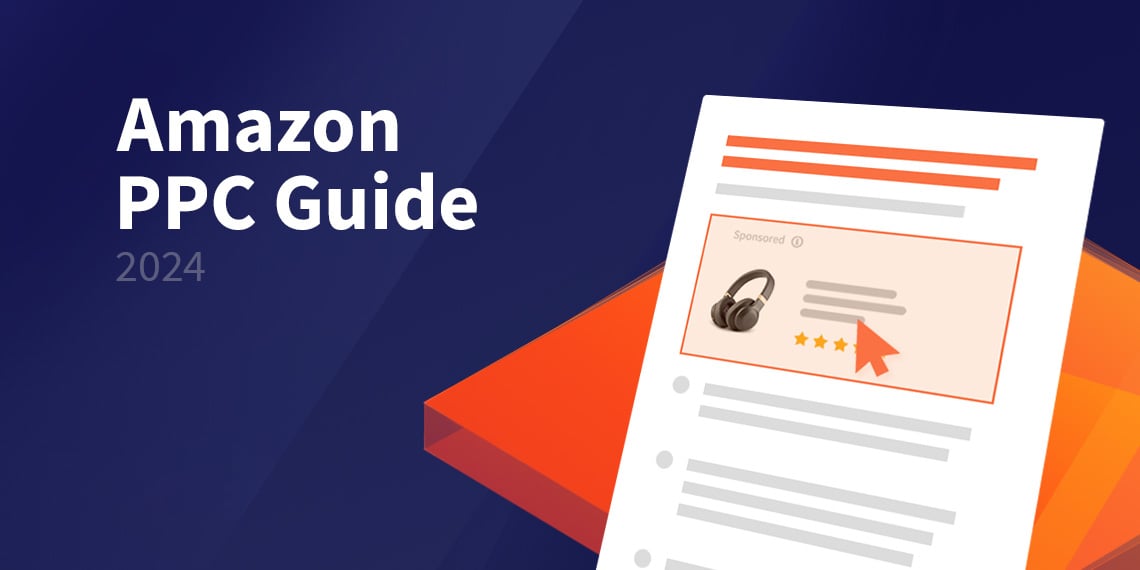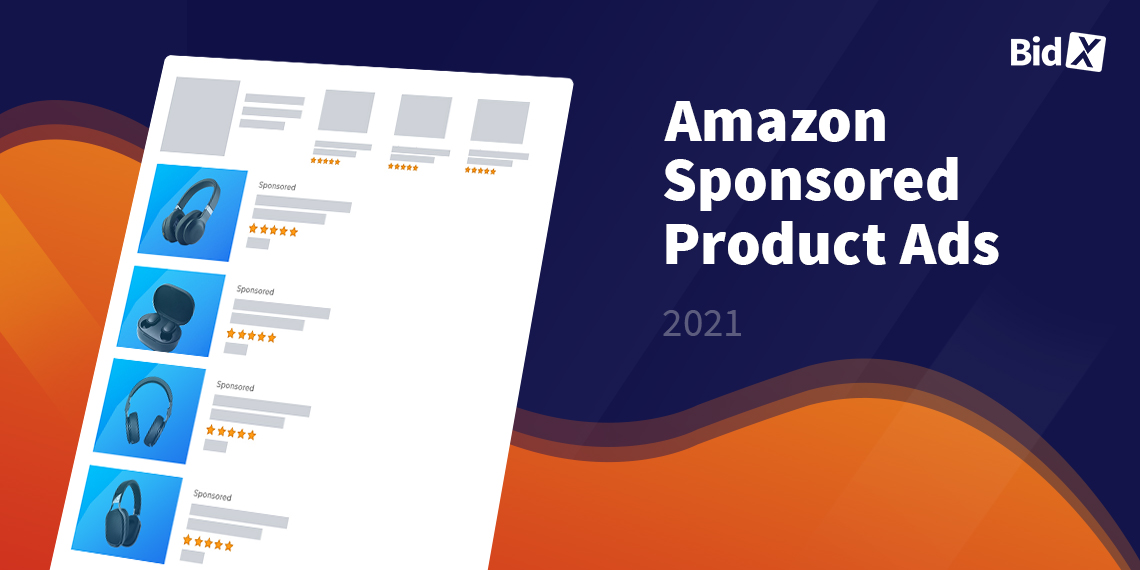How do Amazon PPC campaigns work?
Amazon PPC (Pay-Per-Click) campaigns are part of Amazon Services and offer the opportunity to increase sales in the form of advertisements. Creating Amazon PPC campaigns is easy and the retailer can decide which products he wants to promote and in what form.
A positive feature of Amazon is that customers who search for products directly on the Amazon website already have a purchase intention (that can at least be assumed). Through sponsored ads, merchants have a controllable chance to be found on the first search result page and to reach those customers who are eager to buy. This is very difficult with organic search results due to the large number of products offered.
This article gives a brief insight into the basics of Amazon PPC campaigns. It explains the basic principle behind this form of advertising and gives general information for beginners.
How are Amazon PPC campaigns created?
Creating Amazon PPC campaigns is easy and can be done by the retailer himself. The first step is to decide which products to promote and how to promote them.
The following three formats are available:
- Sponsored Products
Product advertisement mostly above or between the organic search results on the search results page - Sponsored Brands
Display advertisement of a brand on the search results page above or below the search results or on the right side - Sponsored Display Ads
Sponsored display on a product detail page on the right side under the Buy Box
Selection of keywords
By using keywords for an advertised product, Amazon filters this product out of over one hundred million other products as soon as a user makes a search query. Regarding Sponsored Brands, the principle is the same, but the focus is on the placement of the brand.
When setting up a sponsored product ad, there are automatic and manual campaigns that can be created. The biggest difference between these two campaign types is that in automatic campaigns an algorithm creates a list of keywords. These are based on the information provided in the listing of the products.
In a manual campaign, on the other hand, the keywords are defined by the retailer himself. A careful research of these keywords is very important for the later playout and the success of the ads. For this either a tool can be used or a manual search can be carried out. The wider the spread of relevant keywords, the higher the chance of generating more clicks and sales. In particular, the so-called longtail keywords, which consist of several words, should not be forgotten during the research.
It is also possible to define a match type for each keyword.
Define match types
While entering the keywords, match types are assigned per keyword. A match type indicates how high the match between the keyword and the search term of the potential customer must be in order for an advertisement to appear.
Amazon offers four different match types for keywords:
- Auto
With Auto Match Type, keywords for which your ads are displayed are automatically selected by Amazon (based on the product listing).
- Exact
The search term matches the keyword "word by word" (same order + same components) - Phrase
The search term contains further words, which can appear before or after the keyword components - Broad
The search term contains further words, which can stand before, behind or between the components of the keyword.
How exactly these match types are used and with which keywords which match type makes sense, goes beyond this basic article and will be discussed in a future blog article.
If the advertising campaigns are online, they will be shown to users when they enter keywords that match the pre-defined keywords. As soon as they click on the Sponsored Product ad, they are redirected to the detail page of the product and can purchase it.
How much do Amazon PPC campaigns cost?
As the name PPC (Pay-per-Click) already says, advertising with PPC campaigns costs per click that a potential customer makes on the sponsored product. In the end, the merchant determines his advertising costs himself, since he decides in the campaign creation how much he wants to pay per click on a product (max. CPC = max. Cost-per-Click) and how high his budget for a campaign should be. This budget is reduced with each click by the actual CPC (which depends on the bids of the competitors) - until the defined budget is used up.
There is no fixed CPC that guarantees a high ranking and that a merchant should be willing to pay. The ranking for a CPC depends on the number and bids of competitors bidding on the same keywords as well as the relevance rating by Amazon. The merchants who pay the highest CPC per keyword have the best chance to be listed at the highest and thus most visible for potential customers. Whether or not this makes sense for each campaign depends, among other things, on the merchant`s individual goals.
Measurability of PPC campaigns
One of the advantages of Amazon PPC is that merchants only pay for clicks that are actually made. Through key figures such as:
- Click Through Rate (CTR)
Ratio of impressions to clicks - Advertising Cost of Sale (ACoS)
Ratio of advertising costs to revenues - Conversion Rate (CR)
Ratio of clicks to orders
they can measure how successful their campaigns are. Merchants can keep track of the efficiency of their Amazon advertising efforts and clearly determine the advertising costs they have spent on a single sale.
Who can use Amazon PPC?
Anyone wishing to place PPC campaigns on Amazon must have a legal seller or vendor account there. Registration is quick and easy. Amazon also demands that products are in a new state and fit into at least one of the categories specified by Amazon. Last but not least, the products must be in the Amazon Buy Box to be able to advertise them.
How can I optimize Amazon PPC?
Of course, there are ways to optimize PPC campaigns and increase their success. Optimizations should be made regularly and, for example, keywords should be exchanged that have proven to be irrelevant. In addition, bids for keywords can be increased or decreased after the creation of campaigns in order to better control the playout of ads. For example, keywords that generate a lot of sales should have high bids so that the ads for these keywords can continue to be played out.
This requires continuous tracking of the performance as well as the subsequent evaluation of the data. To do this manually costs a lot of time and discipline. Often merchants have little or no resources to take on these tasks. Tools like BidX can help to automatically evaluate and optimize the performance of campaigns. BidX takes care of bid and keyword adjustments, saving you a lot of time and resources.






